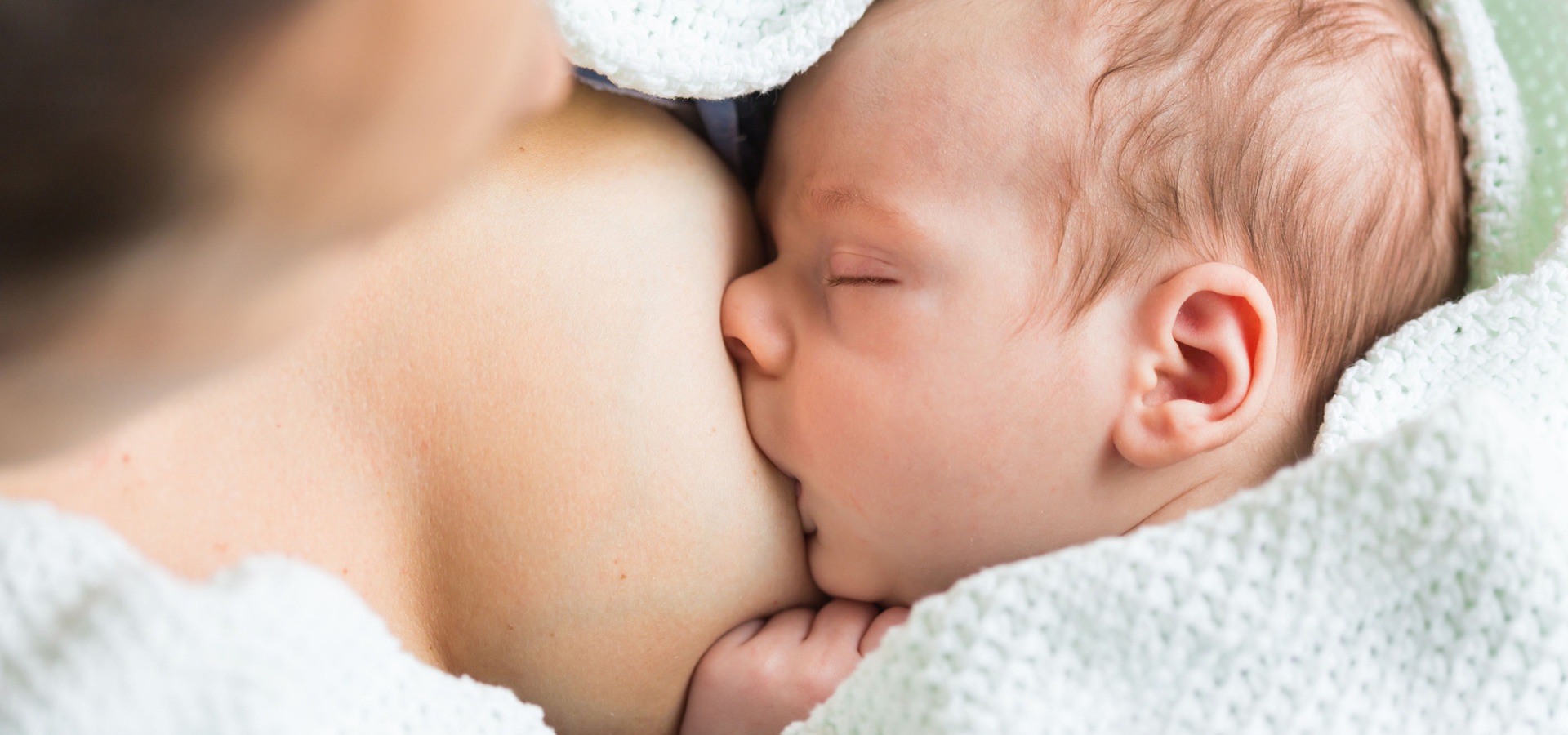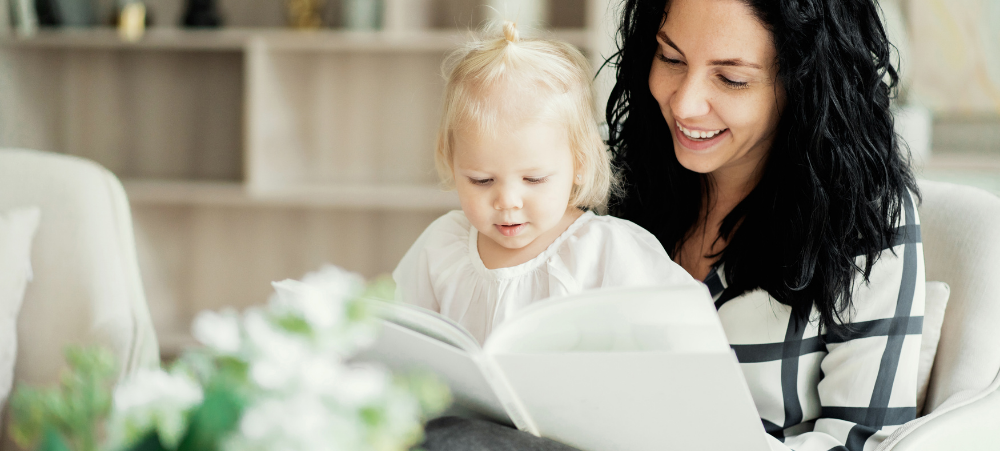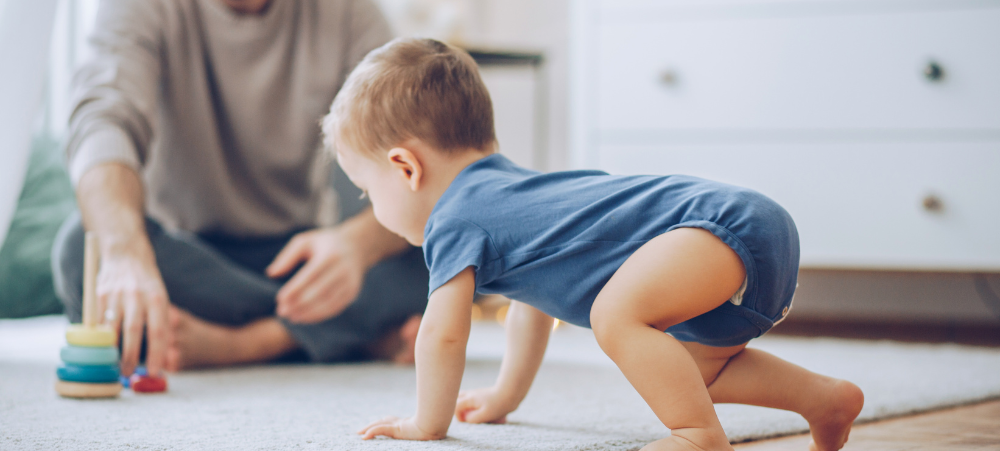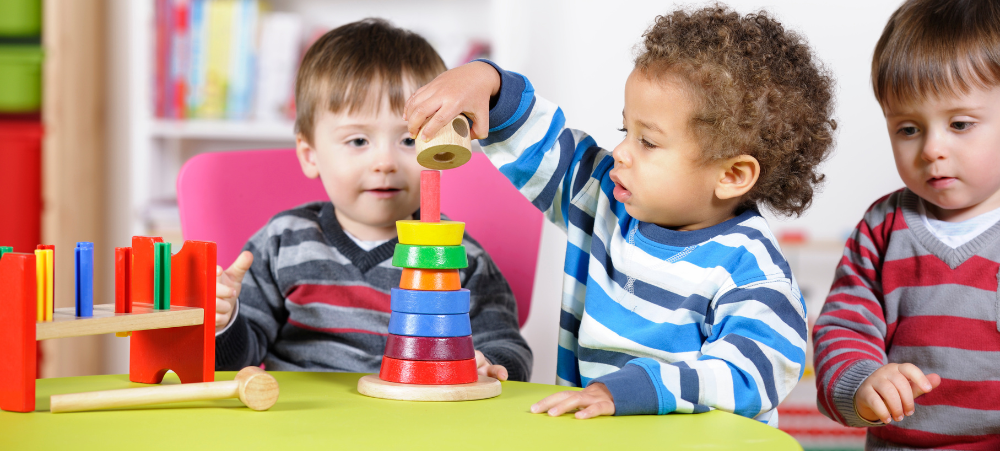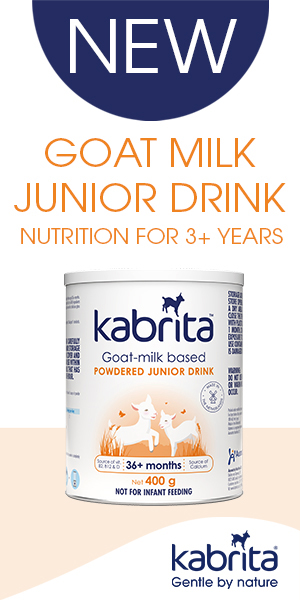Who Needs Life Insurance? Becoming a parent is an exciting, often scary adventure. Long before that happy day, when you get to hold your newborn (and then swiftly hand them over to the nearest grandmother), there’s a lot you need to think about and organise. It’s easy to get caught up—in creating the ultimate, Instagrammable nursery, or squabbling over a name that won’t cause your child a lifetime of teasing—and lose track of your primary role as a parent: to simply provide for your child; both now and in the future. You may have already drawn up a budget with some estimated costs for extra food, housing (if you need a larger space), your child’s daycare, etc. And perhaps you’ve even started putting money away to go towards their future education, which we know isn’t cheap. If so, you’re doing well, but I’d bet good money that you haven’t included life insurance in there. If you’re failing to see why life insurance is relevant to becoming a family, then this article is for you. How can life insurance protect my child? Providing for your child isn’t just about taking care of their current needs; it’s about preparing for their future needs too. Life insurance covers those needs by paying out to your beneficiaries if you die or become disabled. Neither scenario is nice to think about, but not being able to provide for your child or leaving your partner with the financial burden of having to do so alone, is a far less pleasant thought. Who should get insured? Both parents should get insured because, if something happens to either one, the other will have to pick up the slack. This applies to stay-at-home parents just as much as it does to the breadwinners, because you would need to replace their contributions towards childcare and housekeeping with daycare or a housekeeper, and that costs money. Which types of life insurance should you get? There are many different life insurance products out there, which can make choosing the ones that are right for you as new parents quite overwhelming. To protect your new family, you should be looking at products that cover you if you die or if you become disabled. If you die, your debts need to be settled and having a product that pays out a lump-sum amount is a perfect match for this need. You might also want to get cover that replaces a part of the income you would’ve contributed to the household. If you were to become disabled and couldn’t do your job anymore, you’d want your family to continue to flourish with an income protection benefit that pays you a salary for as long as you cannot do your job. How much cover do you need? The right amount of cover depends on you and your situation, and would be influenced by specific details like how much you earn and how much debt you have. Whatever your situation, you need enough life insurance to cover your family’s financial needs. Now, you could calculate this the hard way, or simply get your Indie plan which will show you in under 7 minutes exactly what you need for peace of mind. How much will it cost you? We’ve already established that having a child is expensive, but losing a parent is a financial risk you just can’t afford to take. You pay for insurance on a month-to-month basis, which is called a premium. Your premium will be calculated based on your risk and will take into account how much cover you need, how old you are, your gender, your health, and whether or not you smoke or take part in any dangerous hobbies. If you’re young and healthy, your premiums could be surprisingly low. When should you get it? The good news is, the younger you are when you get insured, the lower your premiums ought to be because you’re likely to be viewed as low risk by the insurer. So it makes a lot of sense to get covered now. Also, with Indie, you have the added bonus of earning Bounty when you get insured, which is money that’s invested for you and grows until you’re 70; so you’ll be covered and investing at the same time. Talk about smart parenting. How do you get it? Traditionally, life insurance is bought through a broker, or partially online with compulsory medical screening thereafter. But between caring for your newborn, trading in the coupé for a station wagon, figuring out how on earth the car seat works, and keeping your career on track, you don’t have time to be running around in search of life insurance. You ought to be able to get it in less time than it takes to watch a “Build Your Own Crib” video and, unlike the crib, it should be instantly ready and unwaveringly reliable. With Indie you can get covered in 6 minutes, so there’s no time like the present. https://www.indiefin.com https://www.facebook.com/indiefin/ https://www.instagram.com/indie_fin/ https://twitter.com/indie_fin





